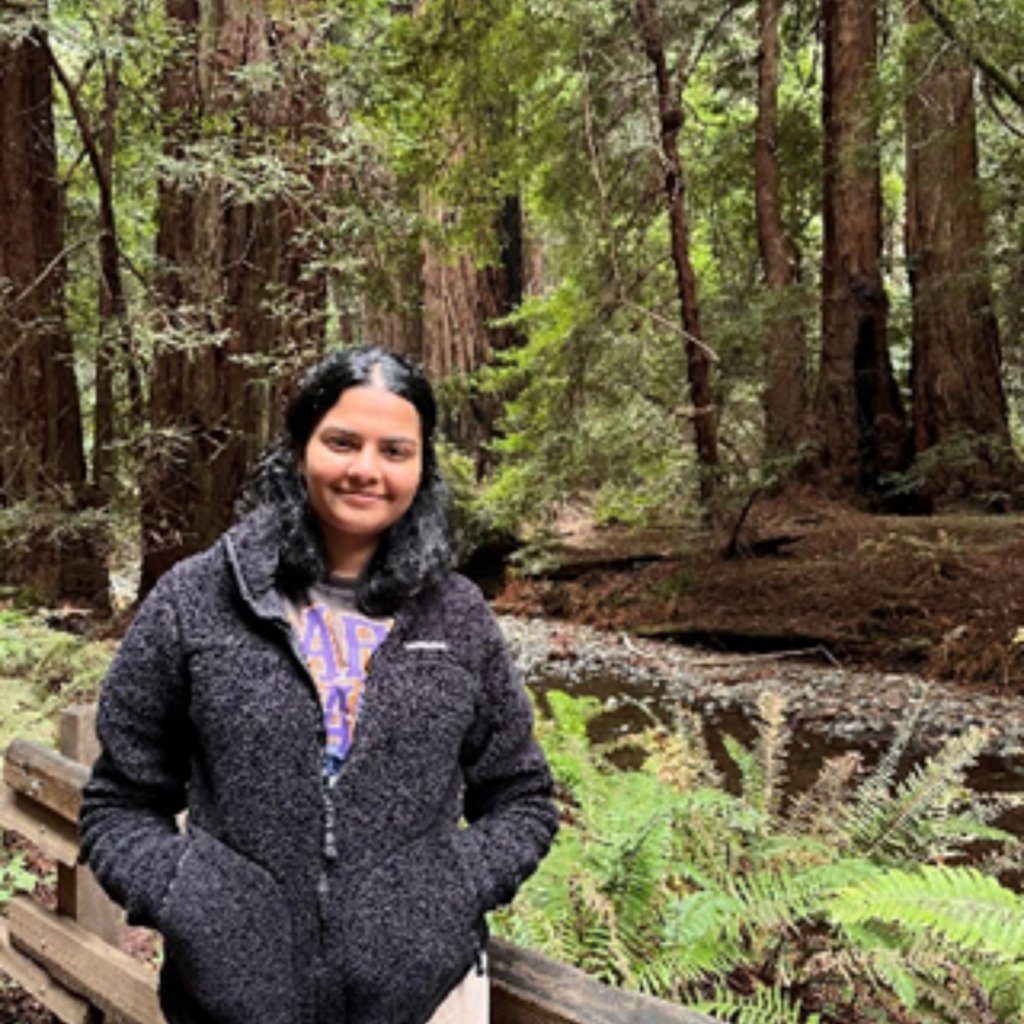
November 20th marks 35 years since the United Nations adopted the Convention on the Rights of the Child, celebrated as World Children’s Day. ALPHA member Praveena Pemmasani looks at the history of the event and its continuing relevance.

Today, we reflect on the origins of the most widely-ratified international human rights treaty in history and its significance in research with children and young people. With its 54 articles, the Convention details fundamental civil, political, economic, social, and cultural rights that must be accorded to each and every child, irrespective of their background.
Incredibly, international recognition for children’s rights dates back only a century, to the aftermath of World War I. During her advocacy for children affected by the war’s devastating consequences, Eglantyne Jebb, a pioneering social reformer, drafted the Declaration of the Rights of the Child, outlining five key rights endorsed by the League of Nations in 1924. Although the League eventually disbanded, in no small part due to its failure to prevent World War II, Jebb’s text endured.
Established as the League’s successor, the United Nations prioritised children’s rights from its outset. Building on Jebb’s initiative, the UN General Assembly adopted a revised version in 1959, containing ten values. Thirty years later, in 1989, the Declaration further expanded and became Convention, representing its transition from a general agreement to a legally-binding treaty. Importantly, in addition to rights common to other human rights treaties, the Convention includes principles exclusive to children, designed to address their unique needs and vulnerabilities. This difference was crucial in recognising children as distinct from adults and empowering them on an international stage.

‘In summary, Article 12 states that children must be facilitated to express their views freely and should have the opportunity to take part in any decision affecting them.’

Given DECIPHer’s rich history of working with children and young people, Article 12 is of particular interest. In summary, the article states that children must be facilitated to express their views freely and should have the opportunity to take part in any decision affecting them. In this field, this translates to children and young people actively contributing to the research that concerns them, from inception to dissemination. Several articles mention the ‘evolving capacities’ of children, highlighting the need to accommodate various abilities when involving them in research so they can contribute meaningfully. Furthermore, articles addressing non-discrimination and best interests prompt us to ensure research and involvement are inclusive and accessible and are planned with children at the centre.
A century on, we reflect on the progress since the first widespread acknowledgement of rights specific to children. In emphasising their needs, interests, and concerns as distinct from adults and other social groups, the Convention represents a vital foundational framework bound under international law. Finally, the principles embedded within remind us that the health and wellbeing of children are fundamentally linked with their rights.
More information on World Children’s Day can be found here: https://www.un.org/en/observances/world-childrens-day.
ALPHA (Advice Leading to Public Health Advancement) is DECIPHer’s research advisory group of young people aged 14-25 living in South Wales. Its aim is for young people to share their views and experiences with DECIPHer researchers to help shape the research at DECIPHer. More information can be found here: https://decipher.uk.net/public-involvement/alpha-new/.
